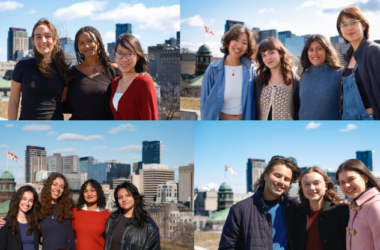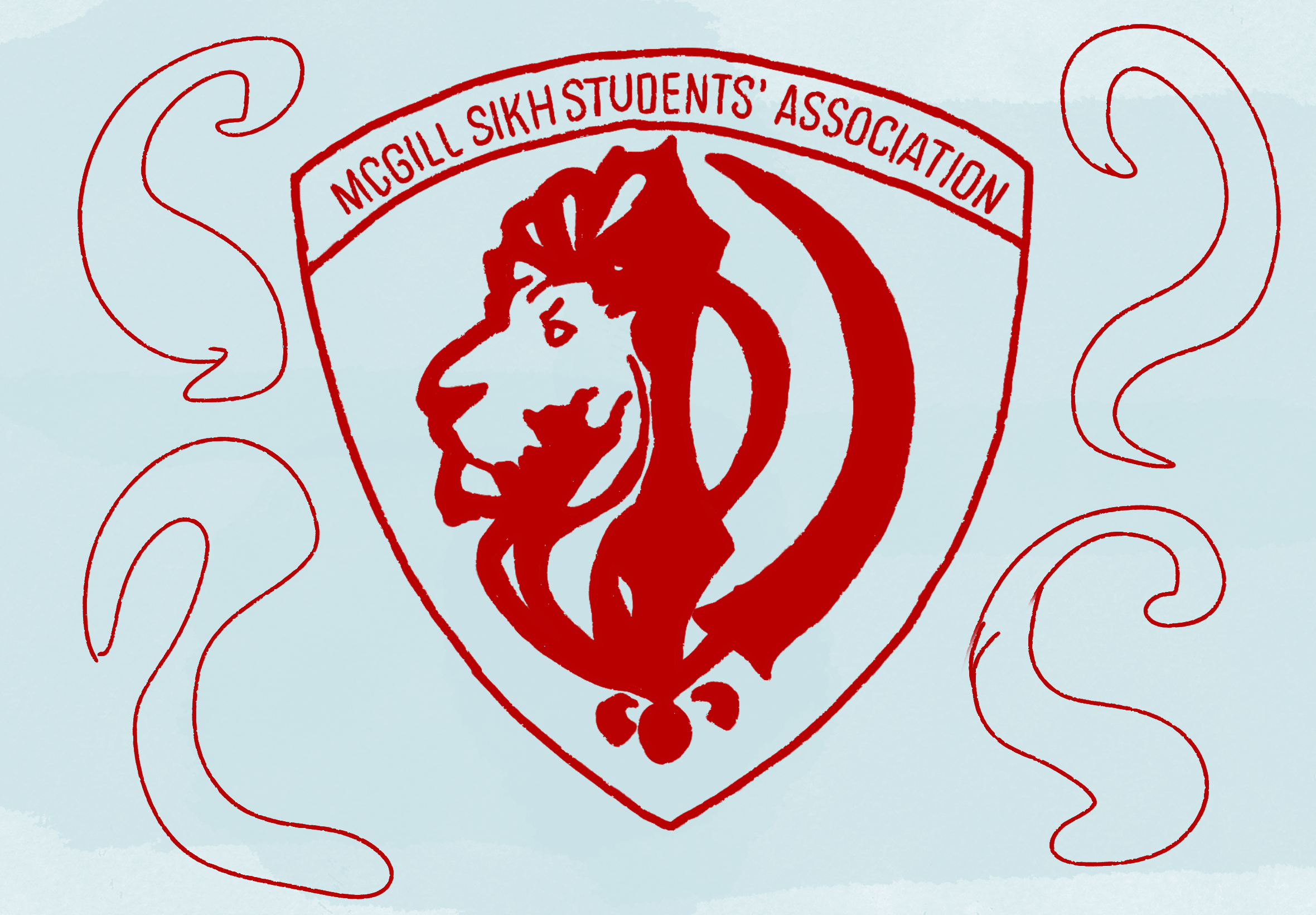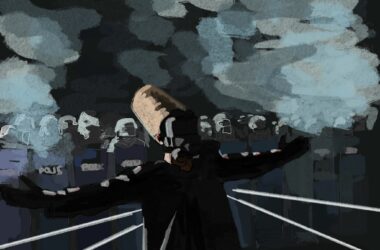 Alison Bailey
Alison BaileyIn a lecture for his course “Developing World: The Middle East,” Professor Rex Brynen asked the class what were the first words that came to mind with the mention of the Middle East. Students’ answers were predictable: Islam, burka, falafel, camels, desert, oil, mosques, violence, conflict, car bombs, axis of evil, colonial legacy, ignorance, cradle civilization, and terrorism.
Back in April, before I decided to find out for myself, I probably would have said the same things. In May, I traveled through Turkey, Syria, Lebanon, Jordan and Egypt. What I saw was very different from the Middle East I had read about in the newspapers and seen on television.
Turkey
Turkey’s increased integration with the West, improved trade relations with the European Union, recent democratization, and increased political liberalism makes it an easy destination for tourists.
Starting in Istanbul, my travel partners and I travelled along the coast on the crystal clear Mediterranean through the Dardanelles Strait, Kusadasi, Ephesus, Troy, Oludeniz, Olympus, and finally through Cappadoccia. Each city has its own extensive history, whether it had hosted ancient civilizations or world war trenches.
In the month of May, we were still wearing sweaters, but we knew what we would face with the dry heat in Egypt.
Syria
Not surprisingly, this is where we ran into the fewest tourists. The local people here were some of the nicest I have ever met. Our first couple of nights in Syria landed us in one of the oldest inhabited cities in the world, Aleppo. The city, strategically placed between major channels, is at the end of the Silk Road and has been a settlement for 4,000 years.
One of the first things we did upon our arrival was to eat very cheap, very good falafel. Each sandwich only cost the equivalent of a few of Canadian cents, but the vendor refused to let us pay. We tried leaving money on the table and walking away, but the vendor actually grew quite angry at our refusal to accept his offer. This is only one instance of the generosity Syrians showed us throughout our stay.
Lebanon
After spending less than 12 hours in the country, it was difficult to gather an accurate opinion of it. In our limited stay, we were only able to go to Baalbek and Beirut. In Baalbek, we saw the largest temples ever built by the Romans.
Beirut is highly developed but heavily scarred with traces of the civil war. There is a striking contrast between buildings riddled with bullet holes and newly built highrises. Safety was never a major concern, but we were advised to avoid the Hezbollah-controlled part of town.
Jordan
There isn’t much in Jordan other than desert, but with lots of water at our disposal, we were able to fully appreciate the gorgeous landscapes at Wadi Rum and Petra.
Wadi Rum was Lawrence of Arabia’s base for the Arab revolt in the late 1910s. The granite rocks make peculiar formations, such as The Seven Pillars, and a natural bridge.
Petra, built by the Nabataeans, can be accessed by a narrow canyon-like passage. The buildings and edifices have been carved directly into the granite rock with amazing precision and detail. This city is more famously known as the spot where Indiana Jones: The Last Crusade was filmed. My friend and I couldn’t resist dressing up in Indiana Jones attire: white button up shirt, cargo pants, and a fedora. The sights from the top, of the monastery are breathtaking.
One of the most beautiful sunsets I’ve seen was in Jordan overlooking the Dead Sea and Jerusalem. Everything seemed so peaceful for a city that has seen so much conflict.
Egypt
Unfortunately, we met a hostile reception in Egypt. I’ve never experienced such a degree of hassling and catcalls. With a few exceptions, almost everyone in the large metropolises tried to rip us off. Combined with the heat, our patience was limited.
But the tourist sites in Egypt are well worth the hassle. The Giza pyramids, the Sphinx, Karnak temple, and the Valley of the Kings, are all world famous monuments of a great civilization that I’ve been reading about since first grade.
We were also lucky enough to go scuba diving in the Red Sea, one of the best spots in the world. Dahab is famous for dives such as the Blue hole, the Canyon Dive, and the Fisslegorge dive. The sea life—Stingrays, eels, “Nemo”‘, lionfish, napoleon fish, jelly fish, etc.—and the coral reefs were some of the most beautiful sights I’ve seen. I was hoping to see a shark, but unfortunately (perhaps fortunately), none came near us. The only thing I complained about was seeing plastic bags in the water that I confused for jellyfish. Pollution, not that it is ever acceptable, really has no place in this part of the world.
Swimming across the Nile was worth whatever parasites now infest me. Cruising down the river in Feluccas, we socialized with the locals and learned about the Nubian culture.
I realize that my experience in the Middle East was what most would call a privileged and sheltered one, and my insights about these countries are limited. But I learned that this part of the world isn’t just about conflict, car bombs, and camels. Be it good, or bad, and whether or not I was able to understand any of it, the Middle East is more complex than what the media would have you believe.
The whole trip cost about $4,000 for six weeks, including airfare.







